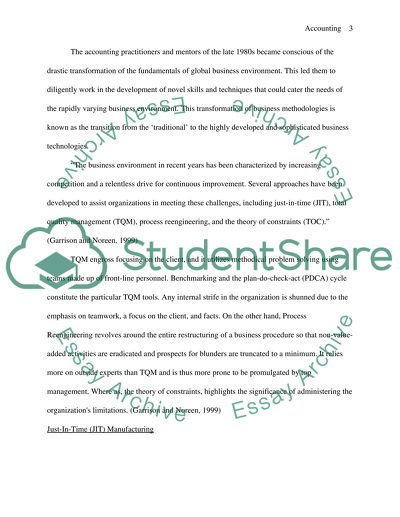Cite this document
(“Management Accounting and the Modern Business Enviroment Essay”, n.d.)
Retrieved from https://studentshare.org/miscellaneous/1501523-management-accounting-and-the-modern-business-enviroment
Retrieved from https://studentshare.org/miscellaneous/1501523-management-accounting-and-the-modern-business-enviroment
(Management Accounting and the Modern Business Enviroment Essay)
https://studentshare.org/miscellaneous/1501523-management-accounting-and-the-modern-business-enviroment.
https://studentshare.org/miscellaneous/1501523-management-accounting-and-the-modern-business-enviroment.
“Management Accounting and the Modern Business Enviroment Essay”, n.d. https://studentshare.org/miscellaneous/1501523-management-accounting-and-the-modern-business-enviroment.


